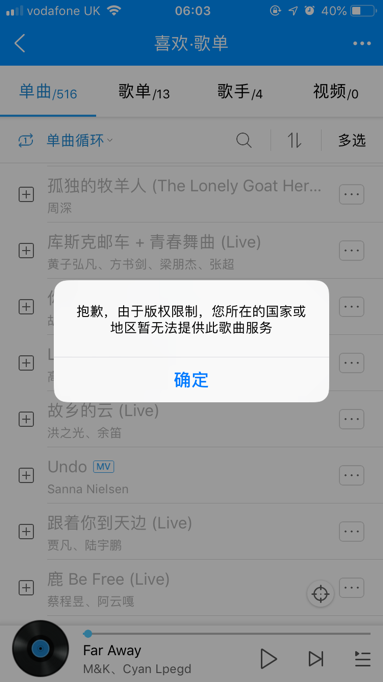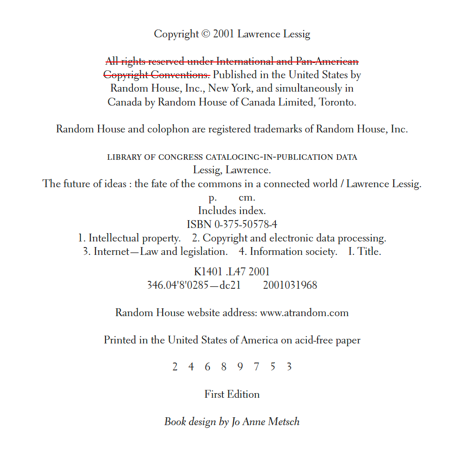The metro system, as a modern infrastructure, rebuilds the relationship of time to space in human experience. When I take the subway every weekday, I should take elevator or lift deep down to the underground, where segregates from the surrounding architectures and landscape. Inside of a single line station, there is only two directions. And the metro will take you to the station you want without knowing how you cross the space. Paul Edwards articulates that infrastructures allow us to control time and space by travelling at speeds beyond human body’s pace (Edwards, 2003). At the same time, the speed deprives human’s sensibility of space and brings orderly and dependable expectation over time, as one characteristic of infrastructure’s modernity is the speed.
A good example for my own experience is when I went to any unfamiliar stations, it seems like I have never been to this city before, even when I was back to the city I lived for ten years. The surrounding disappears, which is mentioned by an anthropologist, Xiangbiao, in an interview. Due to the well-established infrastructures, one of which is the high-speed metro system, the connections between human and surroundings are reduced: people are no longer familiar with the small shops and pitches around, and the actions of exploring remote but famous restaurant are based on the online information. Another point worthy to be mentioned is that the convergence of online information, at least in certain territories, reduces people’s ability to perceive the detailed difference in each district. Even when people travel around similar modern cities with similar transportation system, people cannot see the landscape over the ground.
References:
Brey, P. (2003). Modernity and technology. Infrastructure and Modernity: Force, Time, and Social Organization in the History of Sociotechnical Systems. p185-227.Retrieved from https://ebookcentral.proquest.com
项飙:用人类学家的眼光洞察社会(Biao Xiang: Observe the Society from Anthropologists’ perspective). (2020). Retrieved 5 January 2020, from https://www.jianshu.com/p/ded9cf81811b
Underground Tube London Metro Railway

